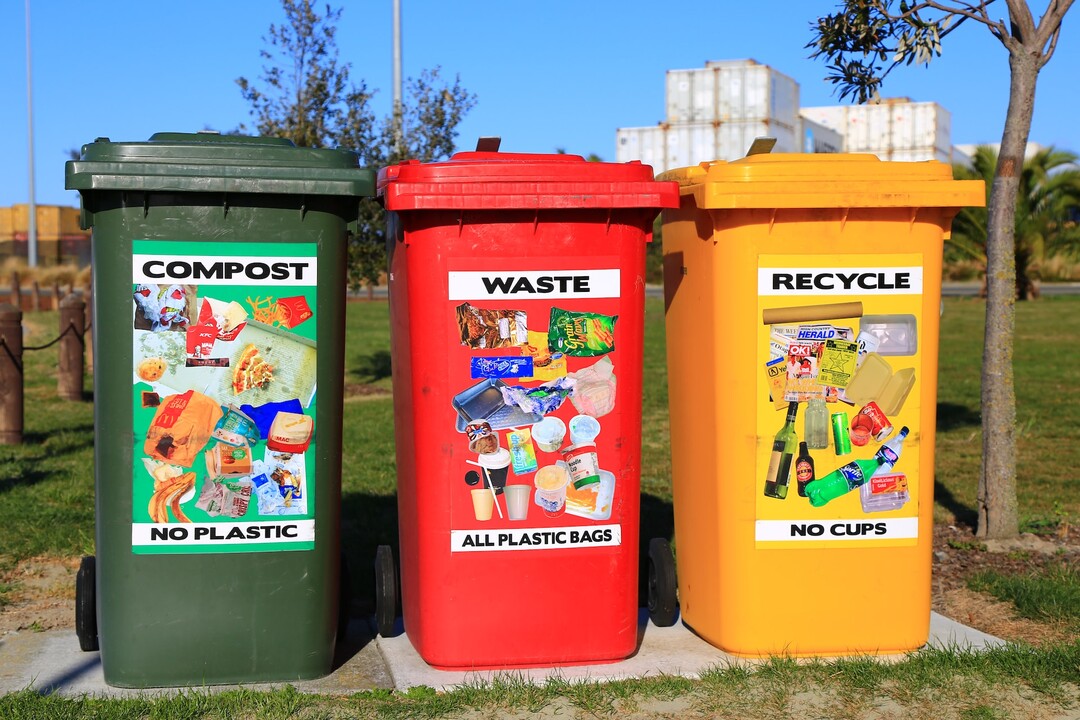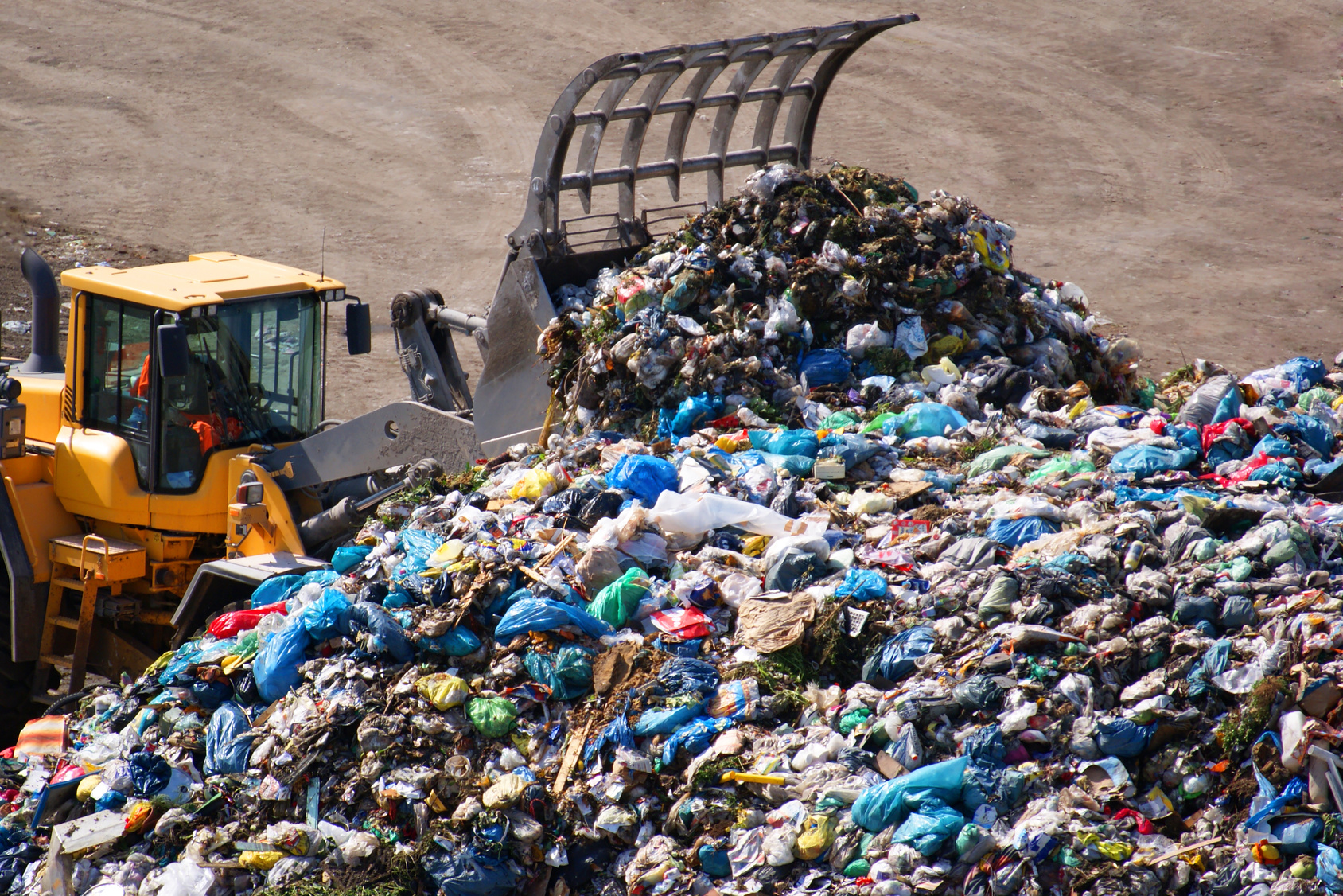From Land Fills to Recycling Centers: A Comprehensive Guide to Liable Waste Monitoring Practices for a Greener Future
In a world where the monitoring of waste has actually come to be increasingly important for the sustainability of our world, the transition from dependence on landfills to the promotion of recycling facilities has gathered considerable focus. The ecological effects of garbage dumps are well-documented, motivating a shift in the direction of more liable waste monitoring practices. Nevertheless, the journey towards a greener future entails greater than simply the standard splitting up of recyclables. It calls for a detailed understanding of the various techniques offered, the benefits they supply, and the cumulative efforts required to make a substantial difference. By discovering the intricate information of waste administration techniques, a clearer path emerges in the direction of a much more environmentally mindful and lasting society.
Environmental Impact of Landfills
The ecological impact of land fills is an important worry that demands comprehensive evaluation and proactive services to alleviate negative results on ecosystems and public wellness. Land fills pose considerable challenges due to the generation of greenhouse gases, leachate production, and the capacity for groundwater contamination. Benzoil Australia. One of the main ecological impacts of land fills is the emission of methane, a potent greenhouse gas that contributes to environment change. As natural waste decays in anaerobic conditions within garbage dumps, methane is released into the ambience, trapping heat and aggravating worldwide warming. Furthermore, leachate, a hazardous fluid developed as rainwater percolates through waste materials, can pollute dirt and water resources, posing dangers to both environmental and public health and wellness.
To deal with these environmental problems, aggressive waste monitoring methods such as enhanced recycling, composting, and waste-to-energy innovations are being implemented to lower the amount of waste sent to garbage dumps. By drawing away organic waste and recyclables from landfills, the generation of methane and leachate can be reduced, eventually minimizing the environmental influence of these disposal sites.

Advantages of Recycling Centers
Recycling facilities play an essential function in advertising lasting waste administration practices and fostering a round economic climate. By reusing products such as paper, plastics, glass, and steels, recycling centers help minimize the extraction and intake of raw materials, inevitably reducing the ecological effect of source exploitation.
In addition, reusing facilities considerably add to energy conservation and greenhouse gas discharges reduction (Benzoil Industrial Waste). The procedure of reusing takes in less energy compared to producing products from resources, causing a reduction in carbon exhausts and a more energy-efficient manufacturing cycle. In addition, reusing centers help develop work opportunities in the reusing market, supporting local economies and providing employment possibility in waste administration and reusing markets
Moreover, reusing centers play a vital duty in minimizing the volume of waste sent to landfills, thus extending the life expectancy of existing garbage dump sites and minimizing the linked environmental and carcinogen. By diverting recyclable products from garbage dumps, reusing centers help minimize contamination, prevent dirt and water contamination, and protect ecosystems. Inevitably, the presence of reusing centers promotes a culture of ecological stewardship and responsible intake, leading the way for a more lasting and greener future.
Kinds Of Waste Administration Methods
Checking out numerous approaches for reliable waste management is crucial in advertising sustainability and lowering environmental influence. Waste management techniques incorporate a variety of techniques to take care of various kinds of waste, each made to minimize environmental damage and maximize resource recovery.
One typical approach is land fill disposal, where waste is buried in assigned locations. While cost-effective, this technique presents threats such as groundwater contamination and methane gas reference emissions. Incineration, an additional method, includes melting waste to produce power. While this can minimize waste quantity, it might release pollutants into the air. Recycling is a well-known technique that involves converting waste materials into new products to stop waste of possibly beneficial products.
Composting is a biological approach that decays natural waste into nutrient-rich dirt. Each method has its difficulties and advantages, highlighting the value of selecting the most appropriate technique based on the type of waste and ecological factors to consider - Benzoil.
How to Decrease Home Waste
Applying sustainable practices in everyday routines can substantially decrease house waste production. One efficient means to reduce family waste is by exercising the 3 R's: Decrease, Reuse, and Reuse. To decrease waste, people can start by bearing in mind their purchases, choosing products with marginal product packaging or wholesale to reduce waste generation. Recycling things like bags, containers, and clothing can also aid decrease the quantity of waste that ends up in landfills. In addition, recycling materials such as paper, plastic, steel, and glass can draw away waste from the garbage can and provide them a new life.
Composting natural waste like food scraps and backyard trimmings is another environment-friendly technique to reduce family waste. Repairing things instead of discarding them and buying pre-owned goods can likewise contribute to throw away reduction.
Area Engagement in Waste Monitoring

Furthermore, establishing partnerships with regional colleges, businesses, and neighborhood companies can better strengthen waste administration campaigns and encourage collective services to resolve waste-related challenges within official website the area. Inevitably, area involvement in waste management is key to fostering a culture of sustainability and advertising ecological stewardship for a greener future.
:max_bytes(150000):strip_icc()/GettyImages-139804274-571a88323df78c56403e1954.jpg)
Verdict
In final thought, liable waste management methods are crucial for producing a greener future. Involving with the community in waste monitoring initiatives can even more intensify the positive influence on the setting.
In a world where the administration of waste has ended up being significantly essential for the sustainability of our earth, the helpful resources change from reliance on land fills to the promo of reusing centers has garnered considerable interest. Recycling is a popular method that involves converting waste products right into brand-new items to prevent waste of possibly beneficial materials.
To decrease waste, individuals can start by being mindful of their purchases, deciding for items with minimal product packaging or in mass to lessen waste generation.Composting natural waste like food scraps and backyard trimmings is an additional green method to reduce household waste.To build upon the foundation of liable waste monitoring techniques at the family level, fostering community engagement in waste management campaigns comes to be necessary for developing a much more lasting and eco-conscious culture.